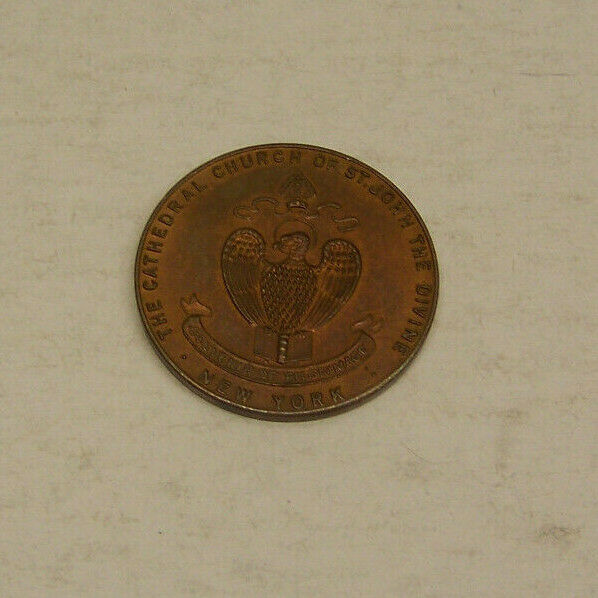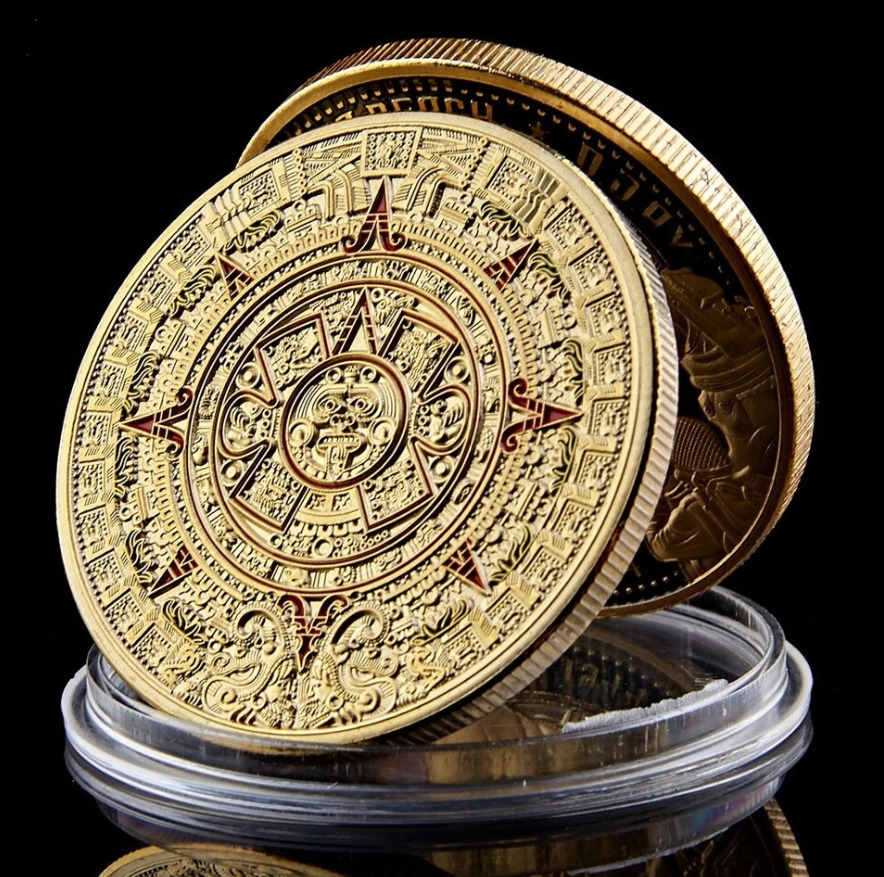-40%
WW II 1940 The story Battle of France medal by Lenoir 68mm
$ 105.46
- Description
- Size Guide
Description
Shipping from Europe with tracking number, bronze,Paris MintThe
Battle of France
, also known as the
Fall of France
, was the German invasion of
France
and the
Low Countries
during the
Second World War
. France had previously
invaded Germany
in 1939. In the six weeks from 10 May 1940, German forces defeated Allied forces by mobile operations and conquered
France
,
Belgium
,
Luxembourg
and the
Netherlands
, bringing land operations on the
Western Front
to an end until the
Normandy landings
on 6 June 1944.
Italy
entered the war on 10 June 1940 and
invaded France
over the Alps.
In
Fall Gelb
(Case Yellow), German armoured units made a surprise push through the
Ardennes
, and then along the
Somme
valley, cutting off and surrounding the Allied units that had advanced into Belgium to meet the expected German invasion. When British, Belgian and French forces were pushed back to the sea by the mobile and well-organised German operation, the British evacuated the
British Expeditionary Force
(BEF) and French divisions from
Dunkirk
in
Operation Dynamo
.
German forces began
Fall Rot
(Case Red) on 5 June. The sixty remaining French divisions and two British divisions made a determined resistance but were unable to overcome the German air superiority and armoured mobility. German tanks outflanked the
Maginot Line
and pushed deep into France, occupying Paris unopposed on 14 June. After the flight of the French government and the collapse of the French army, German commanders met with French officials on 18 June to negotiate an end to hostilities.
On 22 June, the
Second Armistice at Compiègne
was signed by France and Germany. The neutral
Vichy government
led by Marshal
Philippe Pétain
superseded the
Third Republic
and Germany
occupied
the north and west coasts of France and their hinterlands. Italy took control of a small
occupation zone
in the south-east and the Vichy regime retained the unoccupied territory in the south, known as the
zone libre
. In November 1942, the Germans occupied the zone under
Case Anton
(
Fall Anton
), until the
Allied liberation
in 1944.
Maurice Gustave Gamelin
(20 September 1872 – 18 April 1958) was a French
army general
in the
French Army
. Gamelin is remembered for his disastrous command (until 17 May 1940) of the French military during the
Battle of France
(10 May–22 June 1940) in
World War II
and his steadfast defence of republican values.
The
Commander-in-chief
of the
French Armed Forces
at the start of World War II, Gamelin was viewed as a man with significant intellectual ability. He was respected, even in Germany, for his intelligence and "subtle mind", though he was viewed by some German generals as stiff and predictable. Despite this, and his competent service in
World War I
, his command of the French armies during the critical days of May 1940 proved to be disastrous. Historian and journalist
William L. Shirer
presented the view that Gamelin used World War I methods to fight World War II, but with less vigor and slower response.
[2]
Gamelin served with distinction under
Joseph Joffre
in World War I. He is often credited with being responsible for devising the outline of the French counter-attack in 1914 which led to victory during the
First Battle of the Marne
. In 1933 Gamelin rose to command the French Army and oversaw a modernisation and mechanisation programme, including the completion of the
Maginot Line
defences.
Édouard Daladier
supported Gamelin throughout his career owing to his refusal to allow politics to play a part in military planning and promotion, and his commitment to the republican model of government; this was not a trivial matter at a time when Communists on the left and Royalists and
Fascists
on the right were openly advocating
regime change
in France.











